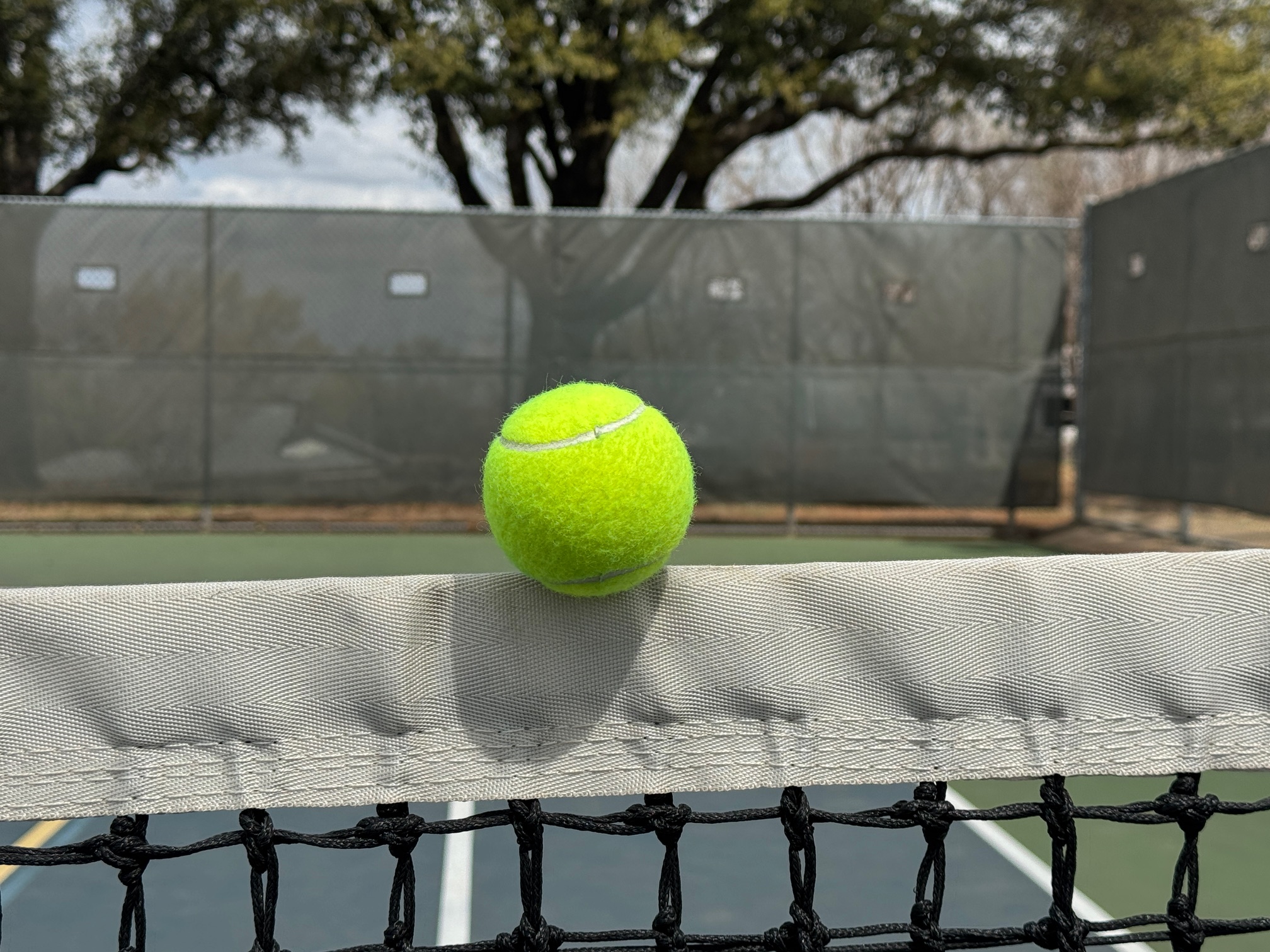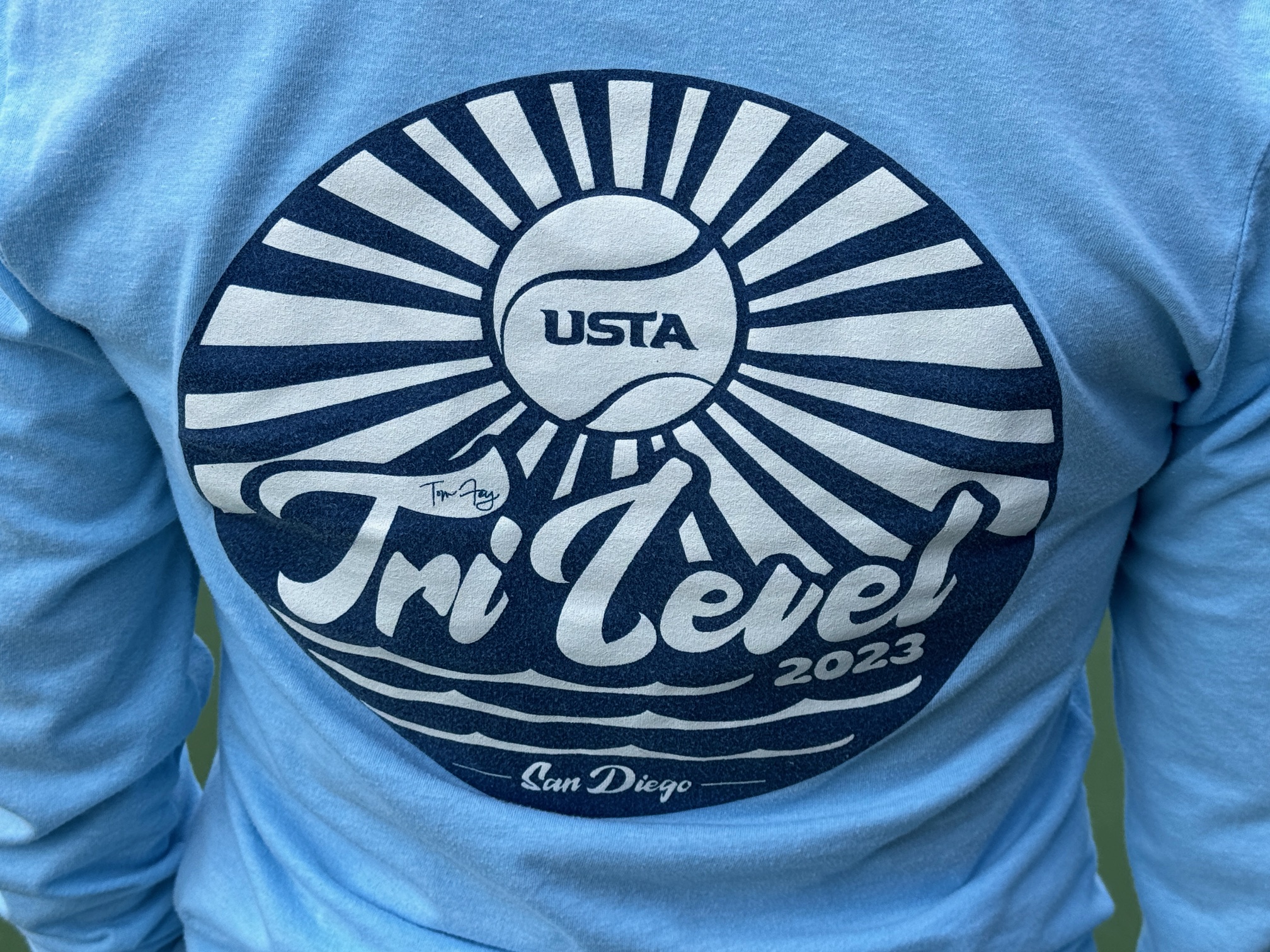The Rules of Tennis
There are a handful of adaptations in the Rules of Wheelchair tennis regarding the serve. Most notable of these is that that the service motion starts from a stationary position. However, the player delivering the service is permitted one push to build momentum before striking the ball.
Immediately before commencing the service, the server shall be in a stationary position. The server shall then be allowed one push before striking the ball.
The Rules of Wheelchair Tennis, c.i
This wheelchair rule correlates to two rules in the main body of the ITF Rules of Tennis. In standard tennis, the service motion start with a player standing at rest as specified in Section 16. For a wheelchair player, the equivalent language is stationary position.
The second relevant service rule is in section 18, “Foot Fault.” Specifically, changing position by walking or running during the service motion, even if the player’s feet don’t cross the baseline, is a foot fault. Consequently, the last sentence of The Rules of Wheelchair Tennis (c.i) clarifies that one push of the wheelchair can be considered as a part of the service motion and is not a foot fault.
Like so many other aspects of wheelchair tennis, I have never paid much attention to the service motion in wheelchair tennis. I used the highlight reel from the recently concluded mens quad wheelchair final from the Australian Open as a quick study.
Both Dylan Alcott and David Wagner use a push of the wheelchair during their service motion. I was surprised to observe that the direction of the push is more parallel with the baseline than directly toward it. I think the reason for that is to decrease the possibility of foot faults, which can occur in wheelchair tennis.
The server shall throughout the delivery of the service not touch with any wheel, any area other than that behind the baseline within the imaginary extension of the centre mark and sideline.
The Rules of Wheelchair Tennis, c.ii
In essence this wheelchair rule makes it clear that the wheels are considered to be equivalent to a players feet in determining if a foot fault has occurred. I would have guessed that was the case.
As a personal observation, by watching the highlight reel of the AO wheelchair final embedded in this article… I have officially watched more of that match than the men’s singles finals. The men’s quad wheelchair final was simply more compelling.
- United States Tennis Association (2021), Friend at Court: Handbook of Rules and Regulations, White Plains, NY



